The Ball Screw Must Maintain Stability When Moving At Low Speeds
As we all know, mechanical motion is different from human beings. In the case of high mechanical performance, high-speed and effective motion is relatively easy to achieve. However, if it is in low-speed motion, because of the reaction degree of the machine itself and the composition characteristics of the mechanical parts, it will cause crawling at low speeds, and in this case there will be a phenomenon of insufficient precision. The ball screw must maintain stability in low-speed motion conditions to be able to meet the needs of various production environments, so the following two aspects should also be paid attention to:
1. Low-speed movement maintains stability
In the process of low-speed movement, it is very easy to crawl. In this case, the stability of the low-speed movement and the degree of lubrication between the guide rails must be considered. In proper low-speed movement, maintaining a certain friction force can make it easier to control the speed and effectively improve the accuracy.
2. The rigidity of the guide rail
Whether the guide rail will affect the accuracy under the external force, this must be considered. If the rigidity of the guide rail is not enough, it will directly affect the balance force, making it impossible to maintain linear motion efficiently. In order to make up for the rigidity of the guide rail, it is possible to appropriately consider increasing the size of the guide rail or other methods to increase the rigidity of the auxiliary guide rail.
The stability of the ball screw in the low-speed process is actually a way to ensure its accuracy. In the low-speed process, it is necessary to ensure that the rigidity of the guide rail can meet the requirements of that environment. In addition, during low-speed motion, proper consideration of the amount of lubricating oil used can effectively assist in increasing the accuracy and accuracy, so that the entire low-speed process will not affect the precision of the product.
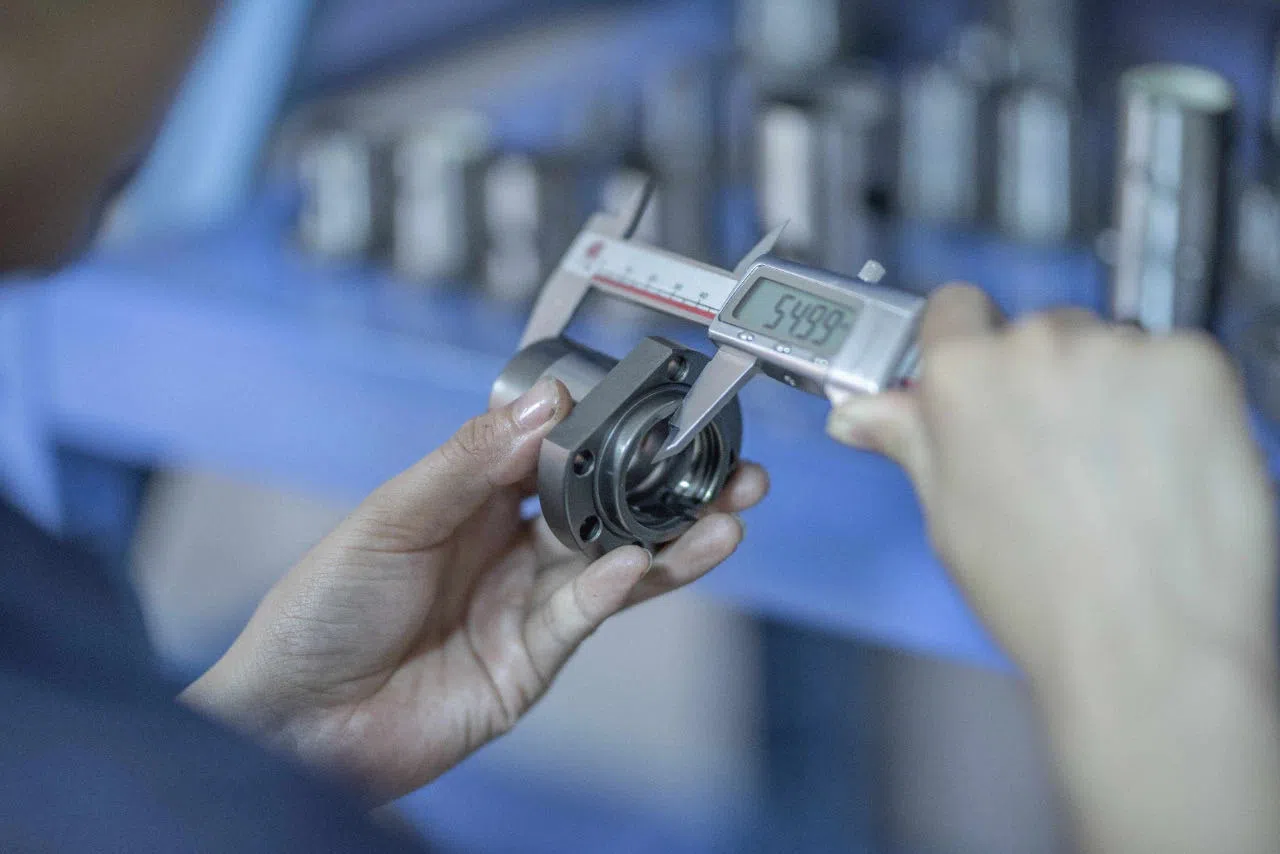

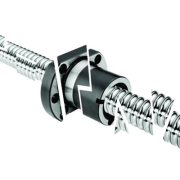 ball screws ball nuts
ball screws ball nuts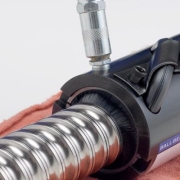 Ball-Screw
Ball-Screw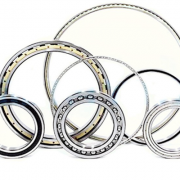 Constant Section Thin Walled Bearing
Constant Section Thin Walled Bearing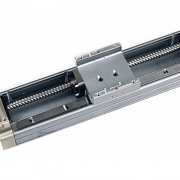 What should we do if there is noise in the linear module
What should we do if there is noise in the linear module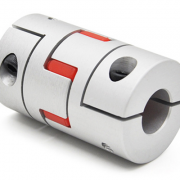 coupling
coupling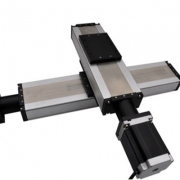 Super Quality Linear Module from China
Super Quality Linear Module from China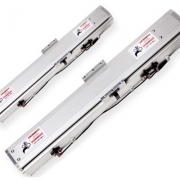 linear module
linear module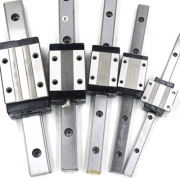 Accuracy of linear guide rail
Accuracy of linear guide rail